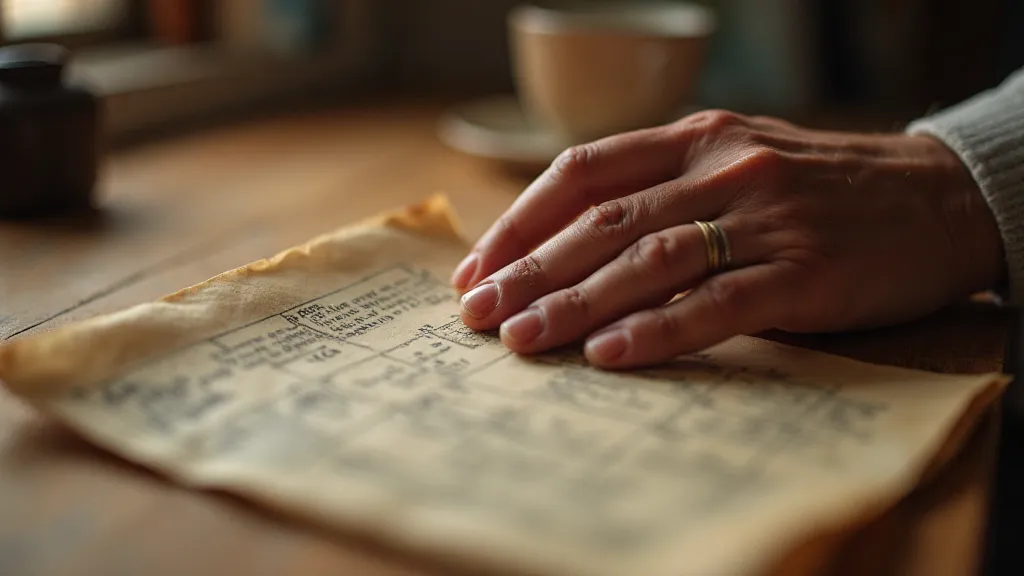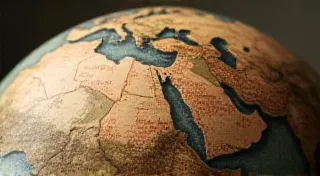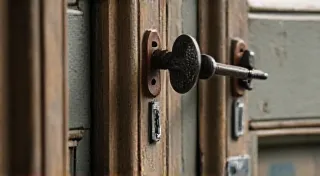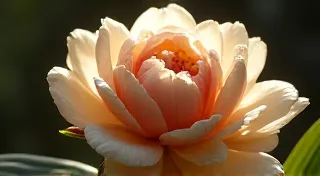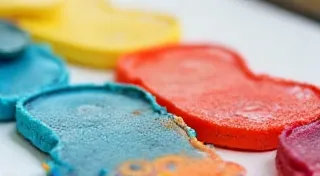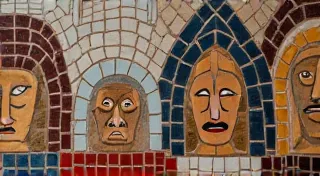The Curator’s Eye: Sourcing and Preserving Vintage PDF Sewing Patterns
There’s a peculiar magic in holding a vintage sewing pattern, isn't there? It's more than just paper and instructions. It's a tangible echo of a past life, a whisper of aspirations and dreams stitched into every line. As a curator of vintage PDF sewing patterns, I’ve come to see these artifacts not just as technical guides, but as fragments of history, each telling a story of a woman – or sometimes a man – eager to create something beautiful and unique.
My journey into this world began quite unexpectedly. I was drawn to the elegance of 1940s fashion, the structured silhouettes and the quiet confidence of the era. Modern reproductions, while lovely, felt…sterile. I longed for the authenticity of the original, the very soul of those garments. This yearning led me down a rabbit hole of online auctions, estate sales, and dusty antique shops, where I discovered the surprisingly complex and often fragile world of vintage paper patterns.
The Hunt: Where the Treasures Lie
Sourcing vintage sewing patterns is rarely straightforward. While online marketplaces have democratized access, the process requires patience, a keen eye, and a little bit of luck. Early on, I was overwhelmed by the sheer volume of material – stacks of faded tissue, brittle instructions, and often, patterns that were incomplete or irrevocably damaged. The key is to learn to distinguish the gems from the rubble.
Estate sales and auctions are goldmines, but require a willingness to dig. Be prepared to sift through mountains of clothing and fabric; the patterns are often bundled together with other textiles. Antique shops, while more curated, often command higher prices. Online auctions, like eBay, can offer incredible deals, but you’re competing with a global audience. I’ve found that focusing on specific decades or styles narrows the search and increases your chances of finding something truly special. A particular weakness of mine is anything from the 1920s – the bias-cut gowns and beaded embellishments are just irresistible.
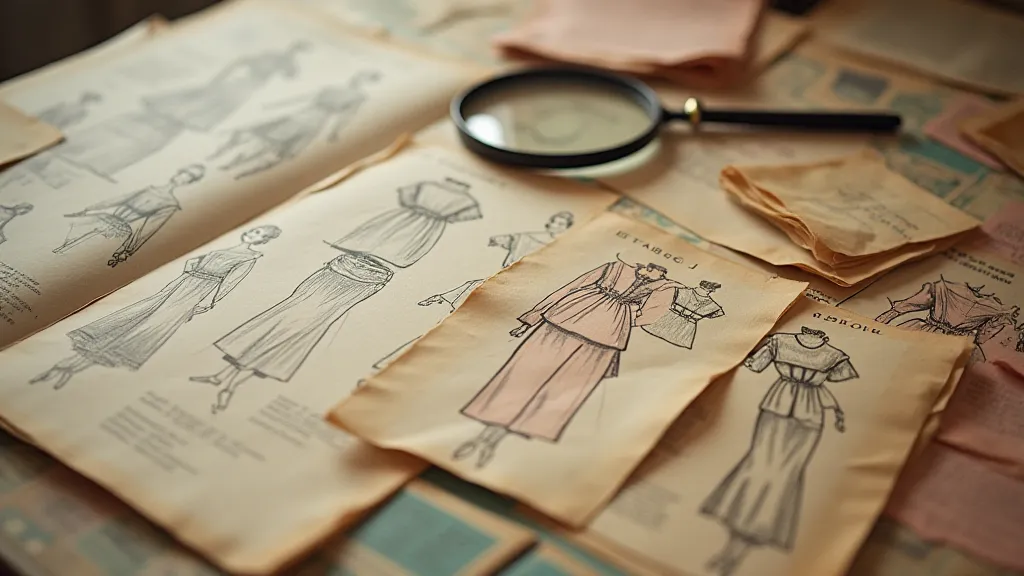
The Digitization Process: Breathing New Life
Once I’ve acquired a pattern, the real work begins – digitization. This isn't merely about creating a PDF; it’s about preserving the integrity of the original. The process is meticulous. First, I carefully clean the pattern, removing any dust or debris, always being mindful of the fragility of the tissue. Then, I use a high-resolution scanner, making sure to capture every detail, from the font used on the envelope to the tiny illustrations that often accompanied the instructions.
The scanned images are then painstakingly processed. Color correction is essential to restore the original hues, often faded by time. Crop marks and other imperfections are removed. And most importantly, the pattern is pieced together – vintage patterns rarely scanned perfectly, requiring the alignment of multiple scans to create a complete, downloadable PDF.
This is where the challenge – and the artistic element – really comes into play. It’s not enough to simply create a technically accurate reproduction; you need to capture the *feeling* of the original. The nuances of the paper’s texture, the slightly skewed lines of hand-drawn illustrations… these aren’t flaws to be eradicated, but rather essential components of the pattern’s character.
Preserving History: More Than Just a File
Simply creating a PDF is only half the battle. True preservation involves contextualizing the pattern, providing the information needed for future generations to understand and appreciate its significance. This means researching the designer, the era, and the prevailing fashion trends. What was a “tea dress” in 1938? How did rationing influence clothing design during the 1940s? These details are crucial to understanding the pattern's place in history.
I include details like original pricing (often astonishingly low compared to today!), fabric suggestions from the original envelope, and any interesting notes found on the pattern itself. Sometimes, handwritten annotations appear – a woman’s personal modifications, a note about a challenging construction technique – these are invaluable glimpses into the lives of those who used these patterns long ago.
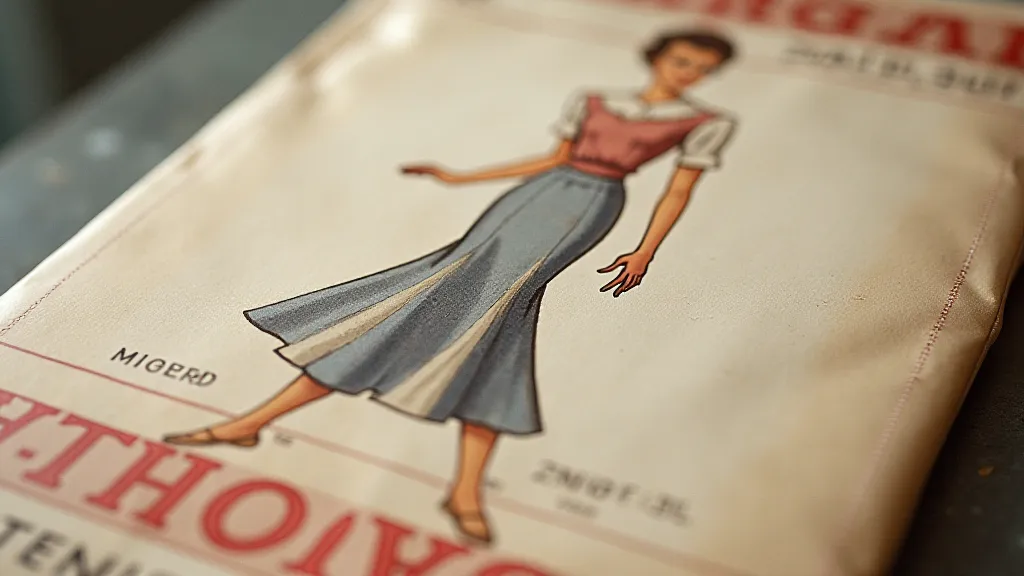
The Enduring Appeal of Retro Fashion
Why the fascination with vintage sewing patterns? I believe it’s more than just a nostalgia for a bygone era. In a world of mass-produced, disposable fashion, these patterns offer a pathway to creativity, individuality, and a deeper connection to the craft of clothing construction. They represent a time when making something with your own hands was not just a hobby, but a necessity. And perhaps, more importantly, they offer a chance to slow down, to appreciate the beauty of simplicity, and to create something truly unique and meaningful.
There’s a quiet elegance in recreating a 1920s flapper dress or a 1940s victory roll suit. It’s an act of remembrance, a tribute to the women – and men – who came before us, who faced challenges with ingenuity and grace, and who found solace and self-expression through the art of sewing.
The Future of Preservation
My hope is that this archive grows, not just in quantity, but in quality. I’m always searching for ways to improve the digitization process, to make the patterns more accessible and user-friendly. I’m exploring options for interactive features – virtual pattern cutting, 3D modeling of garment construction – to bring these historical treasures to life in new and exciting ways.
The task of preserving these patterns is a collective one. I encourage other vintage sewing enthusiasts to share their knowledge, their discoveries, and their passion for this remarkable craft. By working together, we can ensure that these fragments of history continue to inspire and delight generations to come.
